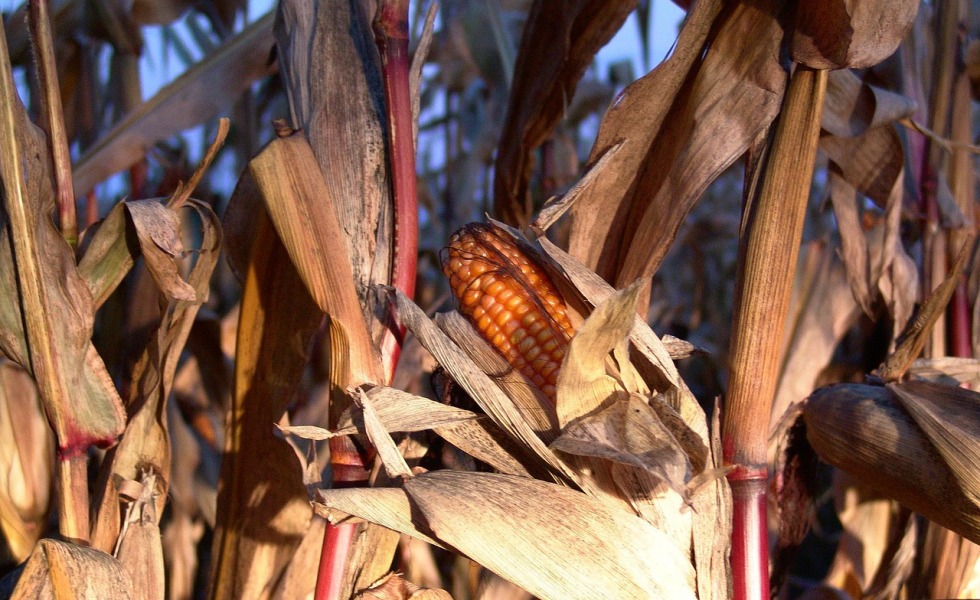Diversity and Resilience versus Corn and Soybeans
Posted on October 14, 2015

By car, Quebec City, Quebec, is 1,840 miles from Bismarck, ND. I know because in the last two months I have seen every mile of highway between North Dakota’s state capital on the Missouri to Quebec’s provincial capital on the St. Lawrence.
Interestingly, as you drive west to east across arguably some of the New World’s richest farm ground, cultural ties to the Old World go in the opposite direction: from North Dakota’s Russian heritage to Quebec’s devotion to France.
One feature that never seems to change across the nearly 2,000 miles, however, is the crop mix. Outside of driving through major cities like Minneapolis, Chicago, Toronto, and Montreal, you are never more than a few miles from endless acres of corn and soybeans.
In this vast corn-soya sea, of course, there are islands of spring wheat in North Dakota, sugar beets in the Red River Valley, and alfalfa in Wisconsin. These areas, however, are small and getting smaller. For example, durum wheat acres in North Dakota have plunged from 3.3 million in 2000 to an estimated 1.1 million in 2015.
The trend toward less diversity isn’t new; the speed at which it is happening in the U.S., however, is new, according to just-published research by Kansas State University, North Dakota State University, and the U.S. Department of Agriculture.
This “shifting to lower rather than to higher crop diversity,” notes the research, “… could have far-reaching consequences for provision of ecosystem services… as well as food system sustainability.”
The scientists who put the report together found their evidence in USDA’s every-five-years Ag Census. Beginning with the 1978 census, the team examined regional crop acreage across the U.S. through the 2012 census. The study was the first ever to “quantify crop species diversity.”
What it found, though, was less diversity in America’s key farming areas, especially the Midwest. For example, this area “… which is home to 22 percent of U.S. farms” and 23 percent of all U.S. farm production, “had the lowest crop diversity” of all American regions.
By contrast, the region we think of as never changing, the Mississippi River Delta—where cotton has been king since America had a king—has seen “significantly higher crop diversity in 2012 than 1978.”
The reasons behind these opposing changes are many and varied. Two key factors are huge swings in U.S. ag policy and breakthrough crop technology, especially the rise of genetically modified seeds. A new, fast-growing reason, however, is potentially catastrophic, climate change.
When coupled, these seemingly small changes have brought massive change in cropping patterns. For example, 1978 planted wheat acres totaled 62.5 million; last year’s harvested acres were 46.4 million. In 1979, the U.S. grew 14 million acres of cotton; last year it grew 11 million. In 1979, U.S. farmers planted record soybean acres, 71.1 million; this year they again planted a record amount, 85.1 million acres. Corn acres ballooned from 81.6 million in 1978 to 90 million this year.
This “homogenization” toward corn and soybeans—and away from wheat, cotton, and the lesser feedgrains—note the researchers, limits the benefits of “diversity,” or how “crops in an area could possibly work together to resist, address and adjust to potential widespread crop failures, including natural problems such as pests and diseases, weed pressures, droughts and flood events.”
And that’s a grave mistake because “Just like in the natural landscape, areas with high diversity tend to be more resilient to external pressures than are areas with low diversity.”
We know this; in fact, we’ve always known it because every farmer’s family tree includes the same mother, Mother Nature, who remains diverse, resilient, and forever in charge. We seem, however, determined to forget it so we can learn it all over again.
© 2105 ag comm
Share This